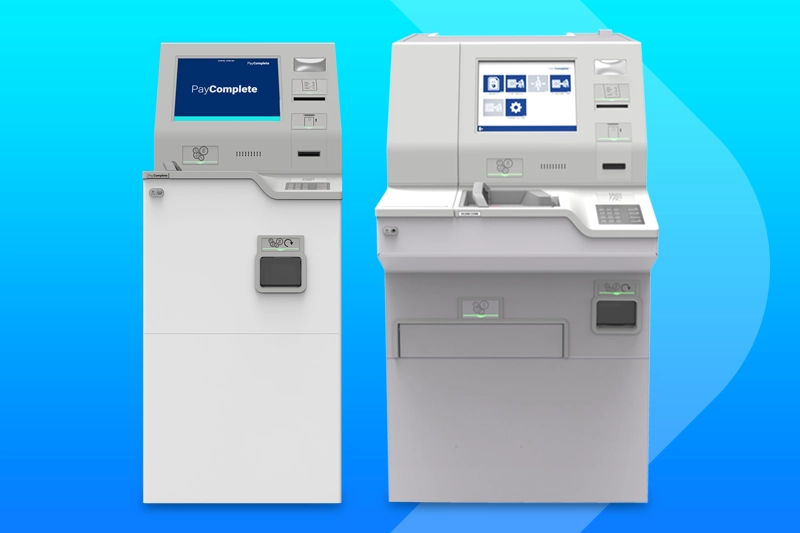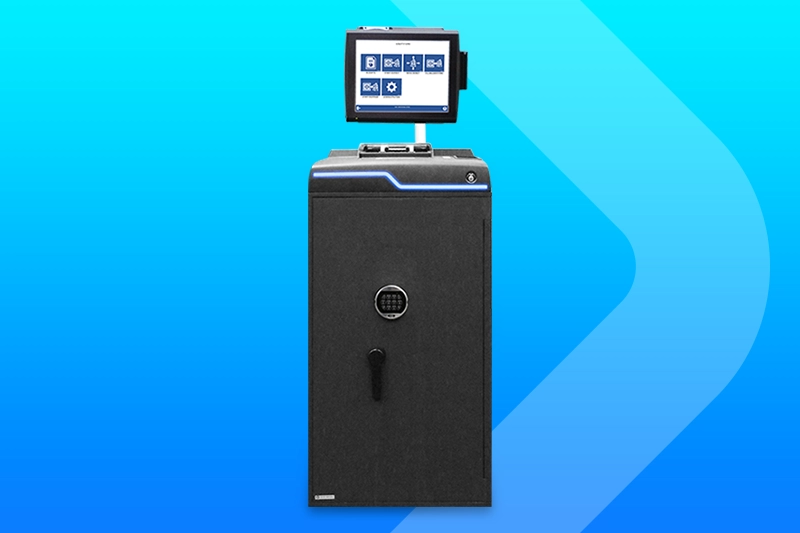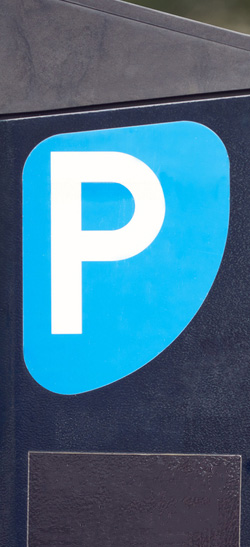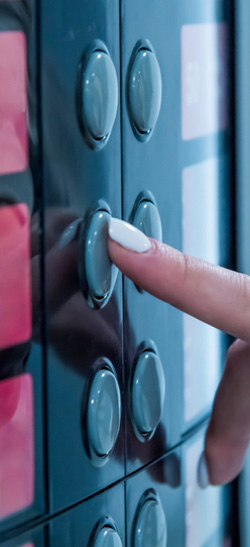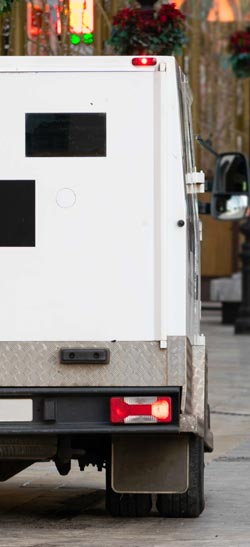Throughout history, humanity has sought ways to protect its treasures.
This is why safes and vaults have been used across the globe for millennia.
Safes have evolved from rudimentary wooden boxes with intricate locking mechanisms in ancient Egypt to reinforced fire-resistant containers with complex electronic and even biometric locks. The fascinating history of safes mirrors advancements in technology and craftsmanship, showcasing our desire to protect valuable possessions.
And vaults have developed from temple roofs to sophisticated underground climate-controlled facilities in the arctic circle…
In this blog, we highlight the evolution and history of secure storage. We examine historical examples of safes and vaults from ancient times to the present.
What is a Safe?
A safe, also known as a safe box, is a secure, lockable container designed to protect valuable items from theft, fire, or damage. Typically made from reinforced steel or heavy-duty metal, safes feature advanced locking mechanisms such as key locks, combination dials, or digital keypad locks, and incorporate new security features like blockchain integration and artificial intelligence for tamper detection.
Additionally, many safes are designed with fire resistance, adhering to standards such as EN 1047-1 and UL ratings, to protect contents from extreme temperatures.
Safes are available in a wide range of sizes and security levels, making them ideal for home use, businesses, and commercial settings. Whether you’re safeguarding cash, important documents, jewellery, or digital media, choosing the right safe ensures your valuables stay protected.
What is a Safety Deposit Box?
A safety deposit box, also known as a safe deposit box, is a secure storage container located within a highly secure facility, typically inside a vault or reinforced room. These boxes are rented or provided by third-party service providers, such as banks, hotels, cruise ships, and security firms.
Safety deposit boxes are ideal for storing valuable items, including legal documents, jewellery, cash, heirlooms, and sensitive data, offering an added layer of protection against theft, fire, or loss.
Unlike a personal safe, a safety deposit box is usually housed in a monitored and professionally managed environment, ensuring enhanced security and peace of mind.
What is a Vault?
A vault is a large, secure chamber used for storing valuable goods, often located underground or within a reinforced facility. In essence, a vault functions like a high-capacity safe, offering advanced security and protection for high-value items.
Bank vaults, in particular, play a crucial role in protecting valuables from theft and have seen numerous innovations in their security design over time.
The vault door is a critical component in maintaining both fire and burglary resistance, with specific standards determining its effectiveness in protecting valuables against unauthorized access.
While the term “vault” can also refer to an architectural element in churches and cathedrals, this article focuses solely on security vaults used for storage.
There are many types of vaults, each designed for specific use cases. The most recognizable is the bank vault, known for storing cash, documents, and precious metals. However, vaults are also used in residential settings (home vaults), commercial environments, and specialised industries like pharmaceuticals, where secure, temperature-controlled storage is critical.
What’s the Difference Between a Vault & Safe?
The key difference between a vault and a safe comes down to scale and permanence.
A safe is a portable, secure container typically small enough to fit within a room. While safes are often heavy and difficult to move, they are still considered movable storage units.
In contrast, a vault is a large, immovable structure – often the size of a room or larger – built into a building’s architecture. Vaults offer a higher level of physical security and are typically used for protecting large volumes of valuable assets, such as in banks, pharmaceutical facilities, and high-security commercial environments.
Although there’s no universally defined size that separates a safe from a vault, the general consensus is that safes are movable, and vaults are permanent, room-sized installations.
Safes Throughout History
As we have evolved, so has what we define as a safe. Let’s explore how safes have changed throughout history.
Ancient Greek Temples (6th – 1st Century BC)
Ancient Greek temples are believed to have sometimes been used to store money. Temples were ideal for this purpose because of their size, location, and security.
Some researchers even believe that the roof of the famous Parthenon temple was used to store most of the area’s wealth which consisted of up to 260 tons of gold and silver!
At 19 metres across by 50 metres long, and 10 metres at its highest point, its size made it an ideal large vault.
Similarly, during mediaeval Europe, iron chests were used for secure storage, featuring intricate lock designs and commissioned by nobility and religious institutions to protect important documents and treasures.
Pompei Strongbox (1st Century AD)
Pompeii (today spelled Pompei) was a Roman city that was infamously destroyed by a volcano in the year 79 AD. An estimated 30,000 people died during the eruption, which left the settlement eerily frozen in time.
Amongst the many items to be preserved was a lockable iron safe. It was used to store various items, including jewellery and money. And it was stored in the atrium (or central hall) of a house and decorated with images of gods. The design of such safes has evolved over time to include various materials in their inner walls for enhanced fire resistance and protection of valuable records.
Arca Ferrata (4th Century AD)
The Arca Ferrata is a 4th century Roman-era safe discovered in Aragon, Spain, in 1994. It was located in a Roman villa and used to store luxury clothing, documents, and jewellery.
It was made of wood and covered in bronze cladding and other metal decorations. And at some point, it suffered significant fire damage.
The Shree Padmanabhaswamy Temple (8th – 18th Century)
The Shree Padmanabhaswamy Temple is a Hindu temple in the south of India that is believed by some to be the wealthiest place of worship in the world. It was first built using wood in the 8th century, then remade using granite in the 18th century.
Besides shrines and communal areas, the temple also has eight underground vaults (known as nilavaras) of varying sizes, each containing their own antechambers secured to protect against theft and damage.
Although only five of these vaults have been opened to date – they contain the world’s largest gold and precious stone collection in recorded history!
Just some of the vaults’ contents include:
- A 4 x 3ft (1.2 x 0.91m) solid gold statue of a deity studded with diamonds and other precious stones.
- An 18ft (5.5m) pure gold chain studded with diamonds.
- A pure gold throne.
- Hundreds of thousands of Roman and Napoleonic coins.
- Sacks filled with precious stones, ornaments, and jewellery.
- A golden statue shaped like a bundle of grain weighing 500kg.
Safety Deposit Firms in Mediaeval China (9th – 13th Century)
During the latter part of China’s Tang dynasty (618 – 907), trade and commerce was more sophisticated than anywhere else on earth.
New safety deposit services emerged to look after people’s gold, silver and coins. These services also issued the world’s first cheques so customers could withdraw their funds.
During the next major Chinese dynasty, the Song dynasty (960 – 1279), the world’s first paper money appeared.
One government official at the time remarked:
“Money, one of those magic things created by man, is useful to its creator only when it is in constant circulation. It loses its meaning when it is taken away from the market and locked up in an iron chest.”
These safety deposit services also provided secure storage for valuable documents and other important items.
Bank of England’s Underground Vaults (1694 – Present)
The Bank of England has nine underground vaults where it stores approximately 400,000 bars of solid gold worth about £200 billion.
The bank was founded in 1694. Its current building has existed since 1734 and was updated, along with the vaults, in the 1930s.
The vaults are three levels deep below ground level and have walls that are 8ft (2.4m) thick. Predictably, the doors feature highly advanced lock technology.
While it has never been robbed, one unsubstantiated story states that a sewage worker accidentally found his way into the vaults through a drain back in the Victorian era.
He informed the bank of his discovery and was rewarded with £800 (worth about £80,000 in today’s money). After this, changes were swiftly made to the vaults to prevent break ins and ensure it protects the valuables stored within.
Combination Locks
Combination locks are a type of mechanism that uses multiple rotating discs to align in order to be unlocked. Unlike padlocks, they don’t require keys.
Users of combination locks simply need to know (and remember!) a specific series of numbers – or other symbols – to gain access.
The first ever combination lock may date back as far as Roman times. There are also mentioned by Mesopotamian and Italian sources in the thirteen and sixteenth centuries respectively.
By the mid-nineteenth century, their usage had spread all over the developed world. Combined with the increase in iron manufacturing, combination locks helped make safes and vaults more secure than ever.
Safe-Cracking! (19th Century – Present)
The increased strength and sophistication of safes created a new criminal niche – safecracking, attracting the attention of skilled lock pickers.
In response, manufacturers began developing unpickable locks to thwart these attempts.
Opening a safe without a key or its combination lock code can be done in many different ways, including:
- Using tools (such as a stethoscope) to align the safe’s internal mechanisms.
- Drilling.
- Explosives.
- Magnetics.
Johnny Ramensky (1906 – 1972)
Johnny Ramensky is one of the most famous safe-crackers in history.
He was born to Lithuanian parents in Scotland. He began his criminal career at a young age, including burglary. After a stint working in mining, he became familiar with dynamite which he began to employ in his safe-cracking endeavours.
He was also notable for only breaking into the safes owned by businesses- he didn’t steal from individuals. This earned the nickname ‘Gentleman Johnny’. He escaped prison several times during the 1930s, resulting in him being the last man ever to be shackled in a Scottish prison.
His safe-cracking skills were put to use with the British Army in WW2. He became a commando and helped forcibly open many safes belonging to axis forces. One campaign is said to have involved the opening of 14 captured Italian embassy safes.
Unfortunately, his time in the military didn’t change Johnny’s ways. Despite his fame as a celebrity criminal, he continued his safecracking habit and spent several spells in prison before his death at 66 years old.
Safes & Vaults in the Movies (20th Century)
Since the early days of cinema, safes and vaults have featured in movies as important plot devices. In The Bank (1915), Charlie Chaplin plays a janitor who uses the bank’s vault to store his mop and bucket.
In You Only Live Twice (1967), James Bond breaks into a safe with a pocket-sized safe-cracking device.
Yet two years later in On Her Majesty’s Secret Service (1969), the device he uses to break into a safe is as large as a suitcase and needs to be surreptitiously passed to him with a crane.
In Die Hard (1988), the villain Hans Gruber breaks into Nakatomi Plaza’s vault to try and steal $640 million.
And in Sexy Beast (2000), a vault is flooded so that a team of robbers can break into it and steal from the safety deposit boxes.
Svalbard Global Seed Vault (2008 – Present)
The Svalbard Global Seed Vault is situated in Norway’s remote Svalbard archipelago in the arctic circle. Its purpose is to act as a global backup facility for storing seeds that can safeguard the world’s crop diversity.
The idea for it was conceived in 1984 and it became operational in 2008. As of 2021, the vault housed 1,081,026 types of seed, which represents about 1/3 the world’s entire crop varieties.
The vault is built to be highly waterproof and has no permanent staff. Its running costs are therefore low, and the site can be maintained for just a few hundred thousand US dollars a year.
Similarly, the Teikoku Bank in Hiroshima, Japan, demonstrated remarkable durability during the atomic bomb detonation, with its four Mosler vaults remaining intact despite being near the epicenter.
PayComplete’s Smart Safes
A smart safe is a safe that validates, counts, and tracks cash deposits. At PayComplete, our smart safes merge computer technology with robust metallic hardware to ensure cash is physically safeguarded, verified, and valued.
Unlike the safes featured in the movies, none of our safes have been cracked, as far as we know!
The integration of technology allows for real-time tracking of cash status via cloud technology. This enhances the visibility of cash reserves for operators and expedites the availability of working capital.
Additionally, our safes meet the rigorous standards set by Underwriters Laboratories for both burglary resistance and fire safety, ensuring top-notch security and marketability.
Conclusion
There has long been a need to securely store important and valuable items as well as cash. This need has driven the building and advancement of safes and vaults throughout the years.
Early on, wooden boxes with locks served as safes. Then, as metal appeared, it was added to their constructions along with simple locks. Vaults likely came later, as building structures became larger and more complex.
Safes and vaults have appeared independently across different eras and locations.
In ancient Greece, temple roofs functioned as massive vaults. In the Roman Empire, decorative safes were prominently placed in the houses of the rich.
In ancient India, vaults stored treasures from around the world for centuries. And in ancient China, an early form of banking appeared with safety deposit services to safeguard valuables.
Combination locks and the use of reinforced steel became integral to safe security by the mid-nineteenth century. These in turn gave way to safecracking, a creative and often dangerous criminal niche.
Vaults have become increasingly sophisticated, too. The Bank of England and the Svalbard Global Seed Vault are examples of cutting-edge technology and design now available.
Safes and vaults have therefore evolved in step with civilizations, available materials and latterly technology. Each iteration has grown more sophisticated and has grown beyond simply housing valuables to becoming a tool for the tracking and management of those assets.
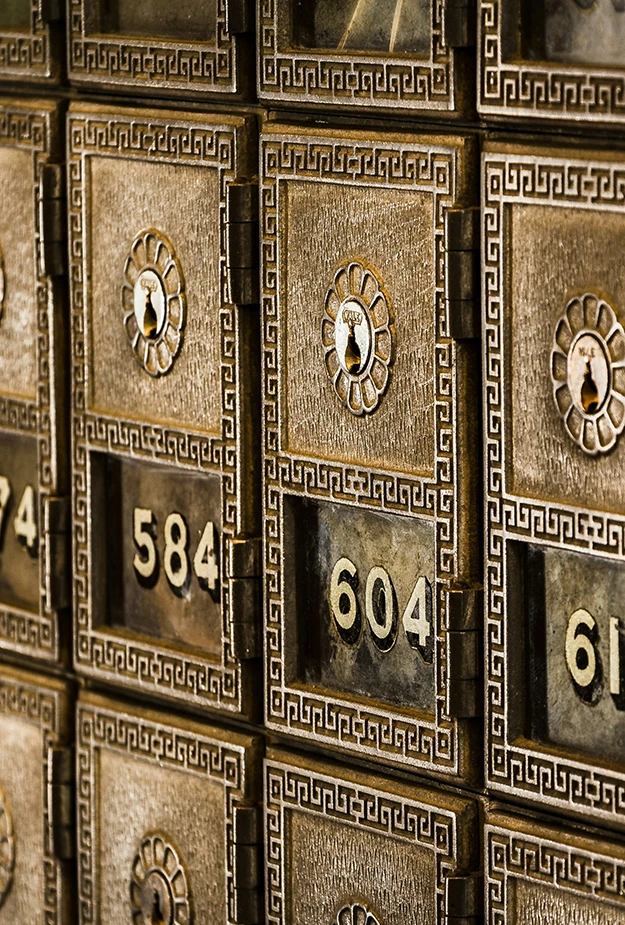
Related Posts


